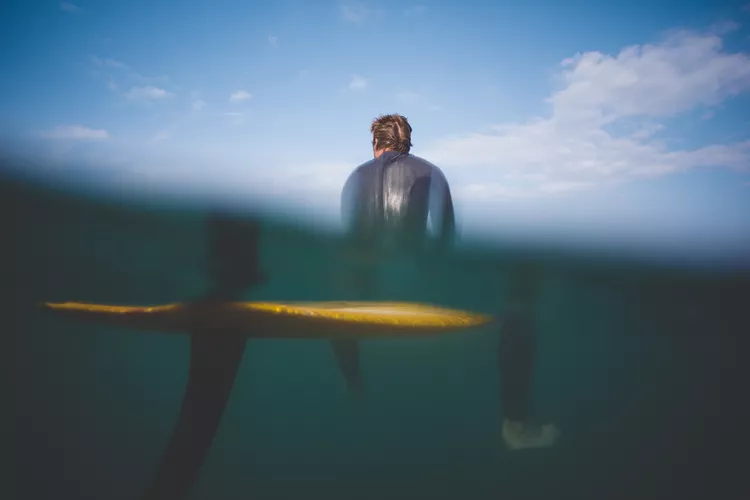Surfing 101
At their most basic level, longboards are generally considered any surfboard over 8 feet long and 20 inches wide that has a rounded nose. However, choosing the best longboard surfboard for your needs requires knowledge about different types of longboards.
Modern longboards come in sizes ranging from 8 to 12 feet long (some are even longer). The most common longboard is about 9 to 10 feet. Surfers prefer longboards for their ease of paddling, wave-catching capability, and speed, particularly on small, soft waves. The stereotype of the longboarder in the 1990s depicted an older surfer monopolizing the outside set waves. Yet, today’s longboarders are as diverse as the overall surfing population, primarily because longboards are enjoyable to ride. Moreover, they are excellent for beginners due to their larger deck space, which simplifies standing and riding.
Surfboard Design Materials
The majority of longboards are still manufactured using traditional polyurethane (PU) foam, which is coated in fiberglass. A balsa wood stringer down the center adds both strength and flex. Although PU longboards can become damaged and absorb water, they still perform well even when heavy and worn. Consequently, many surfers continue to enjoy them.
Balsa wood boards are popular among traditionalists as they pay homage to the classic era of longboard surfing. Additionally, balsa offers unique properties in terms of flexibility and weight, making it preferable for experienced surfers. Moreover, balsa boards are environmentally friendly, and high-quality balsa is lightweight and resistant to snapping.
Epoxy surfboards are known for being both strong and lightweight. However, the drawback of epoxy is its lack of weight. Longboards benefit from some weight and flex to enhance performance; therefore, epoxy boards may feel too rigid and light. Nevertheless, for those seeking a more affordable option, typically mass-produced epoxy boards are a good choice.
Length
Longboards significantly vary in length, which means the choice depends on the surfer’s preferences. Shorter boards are generally more maneuverable, while longer boards require more space to turn. If you want a board suitable for progressive surfing maneuvers like cutbacks and floaters, consider options ranging from 8 to 10 feet. Conversely, if your goal is to maintain a traditional surfing style focused on nose riding and cross-stepping, a longer board would be advisable.
Thickness and Width
Typically, longboards measure over 2.5 inches in thickness and feature a thinner tail and nose region. While thicker boards provide enhanced flotation, making wave catching easier, they can also hinder turning ability and responsiveness. Thus, moderation is key to selecting the right thickness. If you are on the thinner side, consider staying around the 2.5-inch mark, whereas those who are larger might prefer boards closer to the 3-inch range.
Similar considerations apply to width. A narrower board excels in holding its position in powerful waves, while wider boards perform better in softer, mushy conditions that allow for broad turns. A longboard can range from 22 to 25 inches at its widest point, with variations in the nose and tail depending on the board’s intended use. Noseriders tend to have a wider nose, while boards designed for more aggressive surfing will generally be wider in the tail.
Rocker
Longboards with a pronounced rocker (the bottom curve) are ideal for nose riding, as the curvature helps slow the board down and keeps it floating with added weight on either the nose or tail. In contrast, boards with less rocker maintain speed but provide less flexibility for weight shifting and turning. Furthermore, some boards incorporate a nose concave design, which enhances speed as the rider moves toward the nose.
The Real Deal
There are other variations in longboard design; however, the key elements—material, length, width, and rocker—will significantly influence your experience. Unlike shorter boards, tail designs impact the ride of longboards less. Importantly, weight remains a crucial factor; it’s advisable to physically assess a board’s weight and maneuverability. Can you comfortably carry it? That’s important for achieving effective direction and performance while surfing. If you’re considering acquiring a board from a surf shop, renting a few different options first can provide valuable insights into your preferences.





